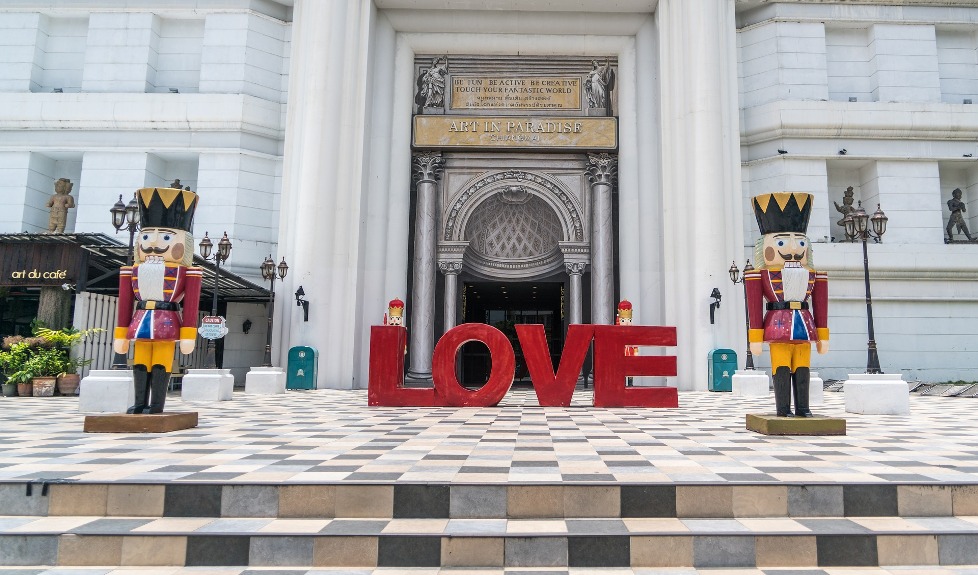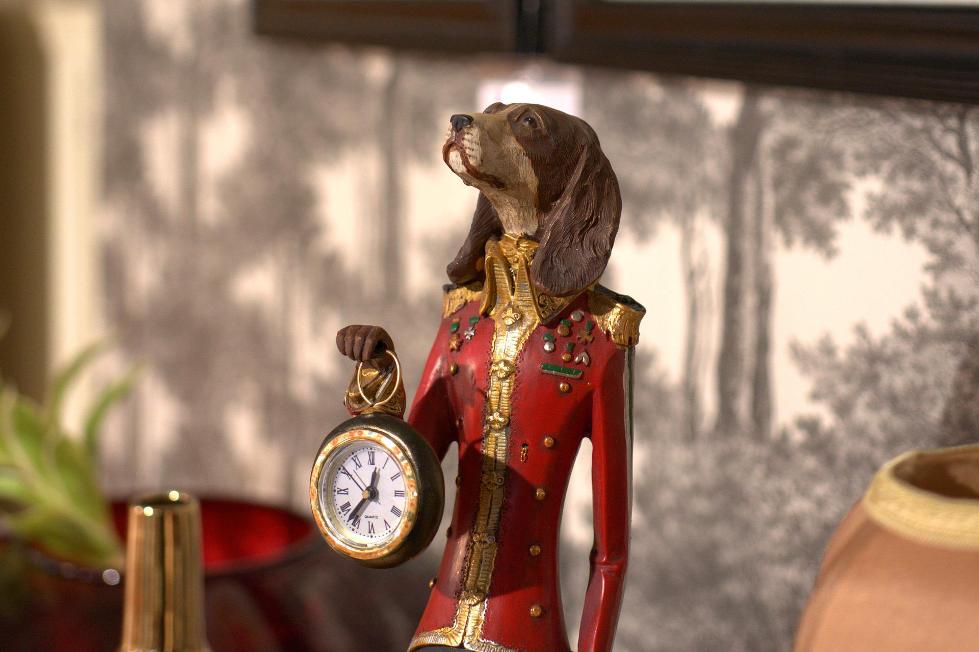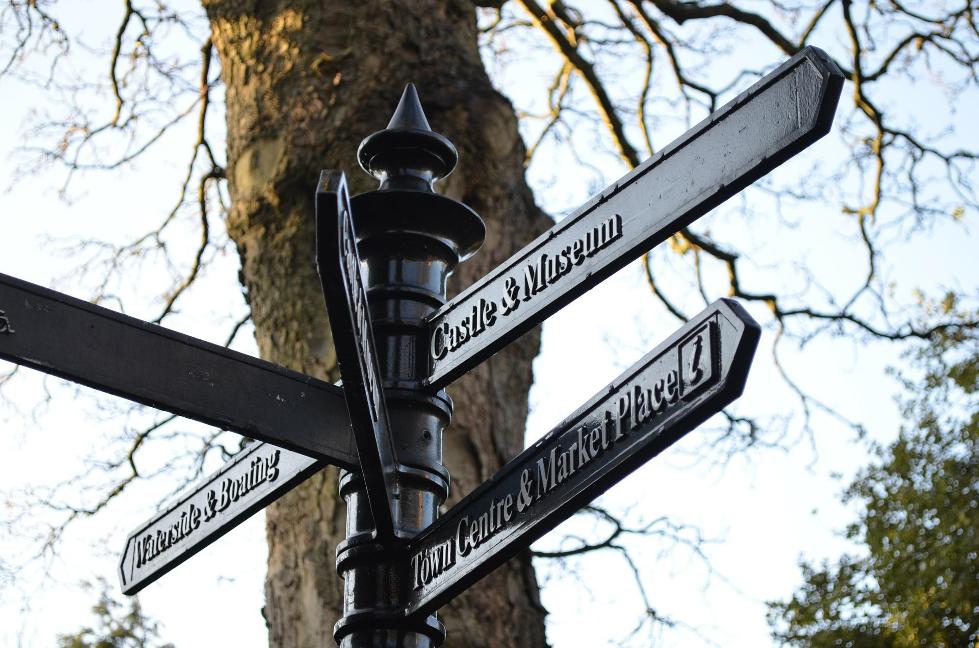HOME » NEWS » Expert Opinions » Expert Articles about Smart Tourism » Queues are the Main Enemy of Tourists and Tourism Organizations
QUEUES ARE THE MAIN ENEMY OF TOURISM

Unfortunately, we all often see several thousand people standing in queues at museums or other tourist attractions and try to explain to ourselves that this is all because of overtourism, it is an inevitable evil that is useless to fight.
It would seem that it’s okay – tourists spend several hours to get here, so an extra hour in line to see the exhibits does not solve anything. What’s more, while queuing at a store is a sign of a successful marketing strategy for most marketers, queuing at museums doesn’t seem like something worrying or wrong for DMO marketers. And these are all big mistakes that hinder the sustainable development of tourism, and here’s why:
- From the side of a tourist. Let’s say a tourist spent 1,000 euros on a 5-day trip, including accommodation and flights. Then, with an active time of 10 hours a day, the total resource is only 50 hours. So every hour of a tourist costs 20 euros. 2 hours wasted in a queue would cost 40 euros. It is clear that the loyalty of a tourist to the destination will steadily decline, and the experience gained from traveling will decrease.
- From the side of a tourism organization. If tourists are standing somewhere in a queue, then in addition to reducing loyalty, they do not spend anything and do not visit any attraction. So, the economic and cultural effect of tourism is reduced to zero.
- From the side of a DMO. Queues in attractions reduce the overall economic effect, since as mentioned above, while standing in a queue tourists do not spend anything. Let’s say that tourists are forced to stand in a queue for 2 hours to visit a museum. At this time, they could take a tour for 20 euros. If we assume that there are about 100 thousand tourists per day in the destination, then the direct losses from queues can be about 2 million euros per day. This is money that tourists have, but cannot spend.
- Queues create crowds and impair the visual perception of landscape, historical and cultural attractions.
Conclusion. As a result of long queues, we have a situation opposite to Win-Win, that is Lose-lose, when everyone loses without having any benefits.
What can be done? Below, as an example, we have given several solutions, although any activity or destination can come up with their own.
- Both tourists and heads of organizations should analyze the days and hours of the greatest load, for example, this is publicly available on Google Maps:
As you can see, each object placed on Google Maps has a graph of the highest and lowest load, as well as the average time that tourists spend in this place. With this data, it is relatively easy to make forecasts and try to smooth out peaks and dips. And tourists, of course, could plan in advance the optimal time for visiting.
- Do not plan any events and additional activities on the days and hours of maximum load, but transfer them to hours and dates with a minimum load.

- Sell tickets online with visiting times. If there is no possibility for booking on the organization’s website or it is difficult to do so, you can enter into a partnership agreement with any online ticket office, for example, GetYourGuide or any other and provide a link on the website. These systems usually have the possibility of selling tickets with the time of visit. Becoming a partner is easy, at the bottom of the page there is a link “Become a partner”. However, it should be remembered that such systems take a commission from each sale, therefore everything should be calculated in advance.

- It is possible to make discounts or some kind of special offers on tickets for the dates and times of the lowest load, not just on Black Friday.

- It is possible to extend the working hours on certain days or seasons in order to have time to serve all visitors.

- Write on the website and social networks the hours of the highest and lowest load and the recommended time of visit. Of course, not all tourists will accept the recommendation, but a certain number will come at this time.

- Add promotional posters near overload locations indicating other less crowded tourist activities and attractions nearby. Such a collaboration between different activities benefits everyone, because instead of standing in a queue, a tourist can visit some other attraction at the same time, and visit the first one at different hours.

- Make an electronic queue system to pre-register for a visit at a certain time online or near the entrance. There are quite a few such solutions, and you can easily find them.
- The easiest option is to issue numbers or coupons with the time of arrival, as in hospitals, so people would come at the appointed time, and in their free time they could visit some other activity. Such a ticket could be a perfect place to advertise neighboring organizations or attractions. It is possible to organize the distribution of coupons in electronic form on tourists’ smartphones, but this will require the participation of technical specialists.
Conclusion. As you can see, queues hinder the sustainable development of tourism and fighting with them requires a creative solution, so both tourists and tourism organizations need to think about this. It is important to understand that the task is to evenly distribute existing tourist flows in time and give tourists comprehensive information about the optimal time to visit.
Of course, not all of our tips and recommendations will be applied to all museums or tourist activities, but no one prevents them from creating and testing their own innovations and ways to reduce queues. We will be glad if you share your ideas with other participants in the tourism market through our social networks or contacts
And remember that the main resource of a tourist is time, and the main task of tourism leaders is to make a tourist spend time with benefit and get the maximum tourist experience!
 |
Author: Dmitriy Tin – founder of Center Smart Tourism GmbH
Editing and translation into English: Leonid Andrianov






